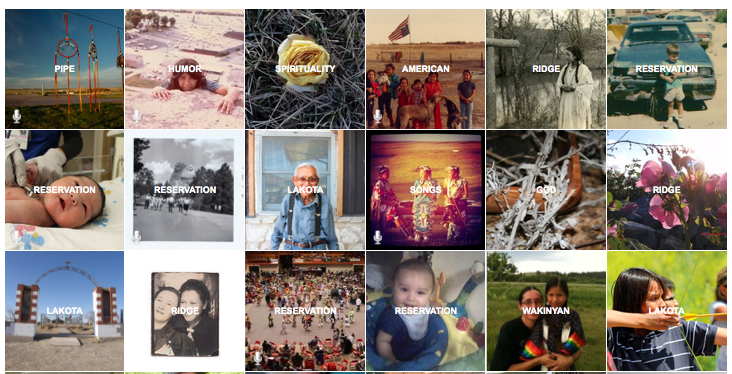Tools and Apps for Journalists: Cowbird
What is Cowbird?
A multimedia storytelling tool. But Cowbird strips things back to present stories in a straightforward way. Think simple: text, photographs, and audio. The story is the focus – as it should be.
How can journalists use Cowbird?
In its most basic form you can use Cowbird to produce a text story complemented by a strong photograph – or maybe that might be the other way round for you. When you click on a story thumbnail, the photograph loads first and you can move your cursor down to reveal more of the image. That also gives users a cue that Cowbird stories are interactive, albeit on a very basic level. Simple navigation buttons << < x > >> let you move to the text part of the story. Click through to the example photo-text story we produced below to see this in action.
The stories can be tagged with keywords; you can press “Love” to show you like a story; and, you can explore the “Connections” function to discover stories other people have created that might be related to your topic.
Cowbird also allows you to add an audio clip (mp3). Again, the user experience is very straightforward. Press the play icon and the audio begins. So you could present a story with text, photographs and audio or just photographs and audio.
Cowbird presents itself as a storytelling community and also has collaborated with media organizations for larger projects. This is interesting because Cowbird then offers a creative digital space where your audience can also tell their stories in their own words.
The Pine Ridge Community Storytelling Project with National Geographic shows how this tool can produce rich multimedia content and a good way of presenting a collection of stories.
National Public Radio’s youth program Radio Diaries is also working with Cowbird collecting stories from young people in their Teens Saga project.
What else do journalists need to know about Cowbird?
Costs: Cowbird is a free, but if you want more storytelling options you should look at upgrading to Citizen membership for US$5.00 per month.
Email content: You can also create a story by email – similar to blogs. Cowbird generates an individual address for each user and you simply email the photo, text and audio. This could be a useful option if you’re on the road or in low bandwidth regions.
Sharing and embedding stories: Cowbird has recently changed its share settings to allow you to embed stories on a website or blog. Cue applause! This was a feature we thought was lacking from Cowbird and made it less attractive for media outlets and bloggers. You can also share your stories through Twitter, Facebook, Tumblr and Pinterest. On Tumblr it only shares the link, not a story thumbnail image. This is not so visually appealing, especially if you have a very good photograph, so better to use the embed code.
Languages: At the moment Cowbird is only available with an English user interface. Cowbird say they have no immediate plans to offer other languages. You can of course produce your stories in different languages.
Do let us know if you are using Cowbird in an innovative way for storytelling.
Author: Guy Degen






Feedback